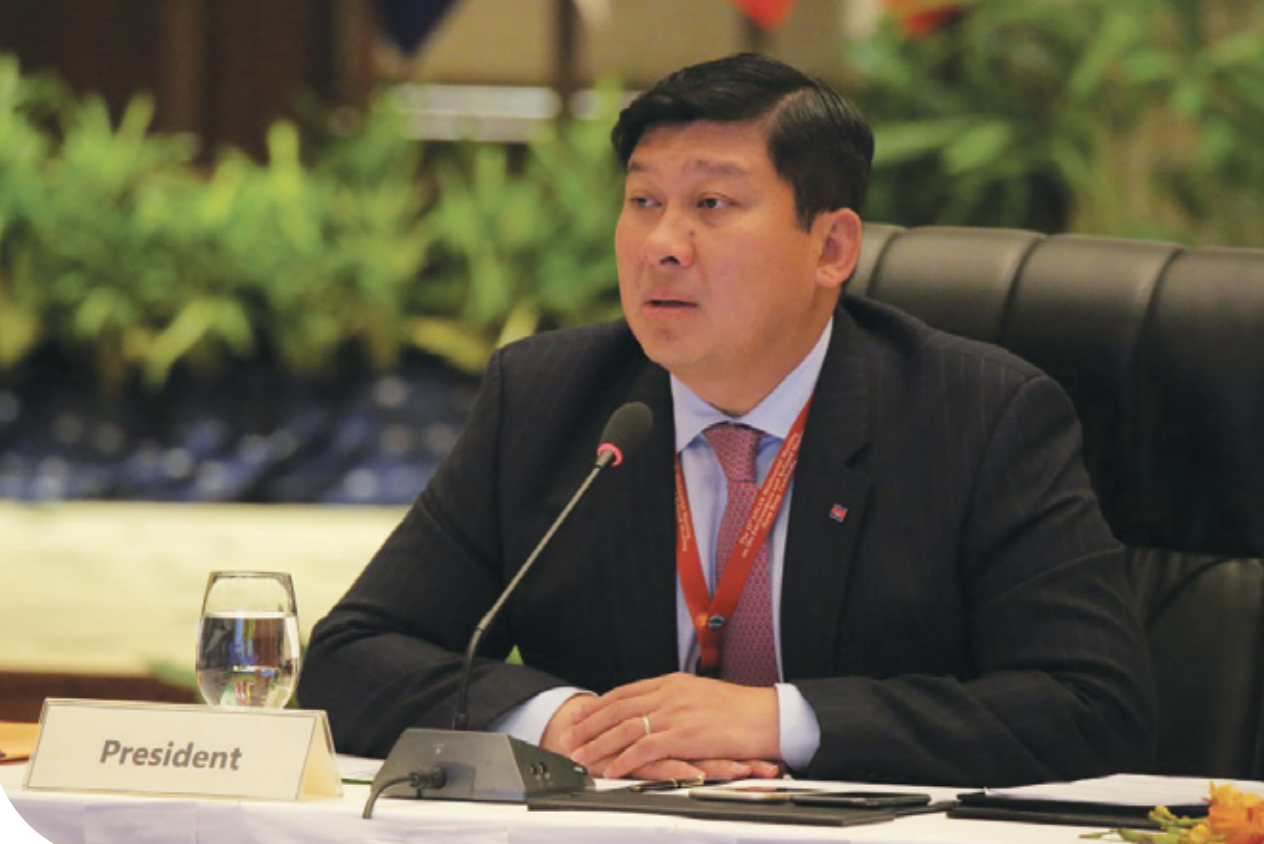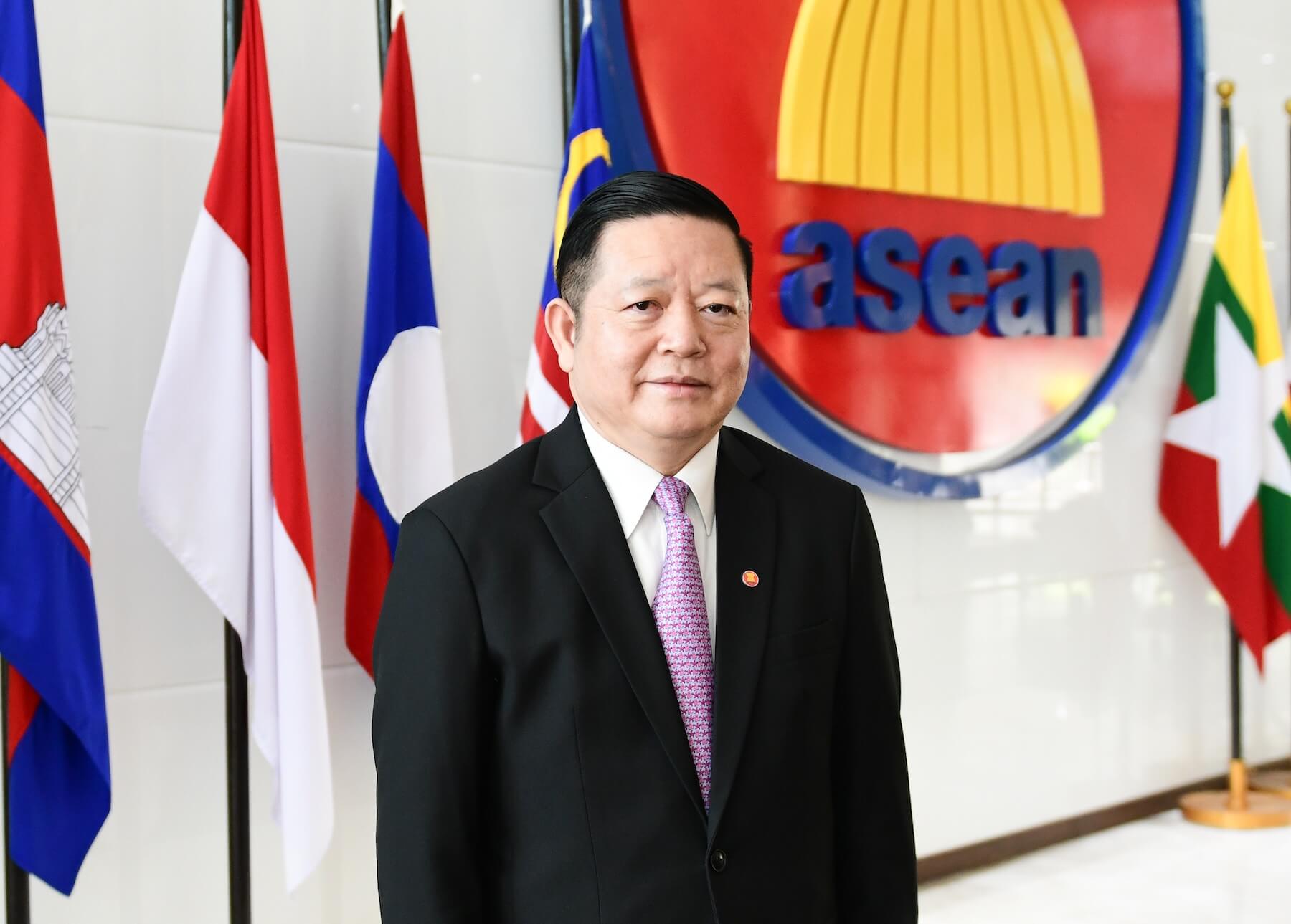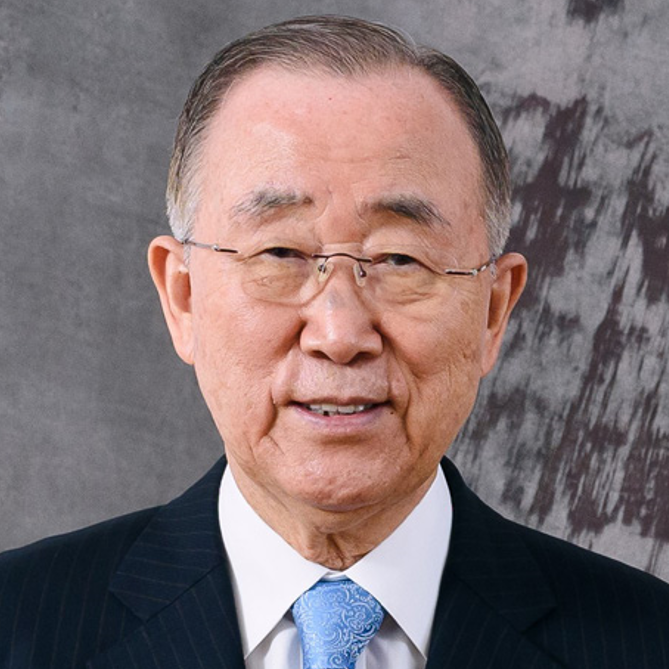


What are ASEAN’s commitments, at the national and regional levels, to reduce global greenhouse gas emissions? Can you elaborate on policies, programmes, initiatives, and innovations within the region to meet these commitments?
ASEAN commitments towards climate change responses date back to the early 1990s, when the United Nations Framework Convention on Climate Change (UNFCCC) was formulated and ratified. ASEAN is fully committed to the objectives of the Paris Agreement and has played active and leadership roles in addressing climate change issues in the global community. The ASEAN Leaders have reaffirmed continuously our commitments to the UNFCCC and Paris Agreement—in alignment with the broader outcomes of the 2030 Agenda for Sustainable Development. ASEAN Declarations, Statements, and events have been regularly released and organised, for instance, the Special ASEAN Ministerial Meeting on Climate Action and an expanded session with partners in 2018 to respond to the Talanoa Dialogue. With the ASEAN 2025: Forging Ahead Together, the ASEAN Socio-Cultural Community Blueprint 2025, the governance system, strategy, and action plan on environment and climate change have been established and implemented.
would like to highlight that all the ASEAN Member States are parties to UNFCCC and Paris Agreement. Member States have proactively taken measures to address the issue at local, national, regional levels by setting various mechanisms, policies, strategies, and action plan for greenhouse gas reduction and climate adaptation. Regularly, Member States report their progress and achievements in climate action in their respective countries, and especially during each Conference of Parties session of UNFCCC. Currently countries are working on the updates to their Nationally Determined Contributions (NDC), which set concrete targets for each country to reduce emissions and adapt to the impacts of climate change by 2030. Although the commitment to greenhouse gas reduction targets is voluntary for least developed countries like Cambodia, setting clear targets demonstrates ASEAN Member States’ serious commitment to addressing this disastrous global threat. Alongside, ASEAN is working closely with many partners and international organisations at various levels to advance climate action in the region through joint initiatives or policy dialogues, such as the annual ASEAN-EU High Level Dialogue on Environment and Climate Change.
One of the key commitments made by ASEAN is to achieve a 21.9 per cent reduction in energy intensity compared to 2005 levels. This exceeds the 2020 target set by the ASEAN Plan of Action for Energy Cooperation 2016–2025. There are also other initiatives being developed to target specific sectors, such as the ASEAN Fuel Economy Roadmap for the Transport Sector 2018–2025.
To expedite climate action and the achievement of NDC ambitions, the ASEAN Member States, partners, and international organisations may need to continue and further enhance international cooperation and assistance, post-pandemic, in the area of financing, the transfer of technology, and capacity-building, for both climate change mitigation and adaptation.
The effects of global warming, e.g. destructive typhoons, drought, are felt by many communities in Southeast Asia. How is ASEAN addressing these challenges?
Resilience and adaptation to climate change are ranked as the top priority for ASEAN as stipulated in the ASEAN 2025: Forging Ahead Together. The ASEAN region is one of the world’s most climate disaster-prone regions, in which several of the ASEAN Member States, including Cambodia, are listed as among the most vulnerable countries in the world. For this reason, Cambodia has national adaptation plans prepared along with existing interventions in place.
ASEAN is working to complement national responses through regional initiatives, namely ASEAN Agreement on Disaster Management and Emergency Response, which includes mechanisms to improve our joint responses to emergencies related to extreme climate events. Adhering to the Sendai Framework for Disaster Risk Reduction 2015-2030, Member States have fully committed to prevent new and reduce existing disaster risk, reduce hazard exposure and vulnerability to disasters, and increase preparedness for response and recovery, thus strengthening resilience. Additionally, there is an ongoing effort to establish a Southeast Asia Disaster Risk Insurance Facility, aiming to improve disaster risk assessment, and financing and insurance solutions. At the same time, ASEAN continues to mainstream disaster risk reduction (DRR) into climate change adaptation (CCA) policy by (i) facilitating the establishment of a clear institutional and policy framework on DRR and CCA integration at the regional and national level, and (ii) supporting capacity building initiatives for the Member States on hazard and risk mapping through integration of future climate change projections to minimise the potential impacts posed by drought, floods, and landslide disasters.
Again, to ramp up our efforts to tackle climate risks, further stepping up collocation, partnership development, and cross-sectoral coordination are essential for building stronger resilience against disasters.
To what extent has ASEAN engaged the private sector and civil society in efforts to reduce the region’s carbon emission and to respond to the impact of climate change on our communities?
As reflected in the ASCC Blueprint, ASEAN is committed to lifting the quality of life of its peoples through cooperative activities that are people-oriented, people-centred, and geared towards the promotion of sustainable development. In line with the motto, “ASEAN is a Community of Opportunities for All,” ASEAN is open to work as a community. ASEAN works collaboratively with many partners, international organisations, civil societies, and the private sector at different levels and sectors dealing with climate change issues. For example, civil society constituencies recently had an interface with the ASEAN Working Group on Climate Change and submitted their Statement to be taken into account in the formulation of the ASEAN Joint Statement on Climate Change at the UNFCCC COP26. Annual ASEAN Climate Change Partnership Conferences, among others, also provides a platform for dialogue and engagement with various stakeholders and actors, including relevant sectoral bodies, partners, civil society and private sector, to join hands in addressing climate change.
Moreover, ASEAN Member States have established numerous mechanisms and initiatives at their respective countries to engage the private sector and civil society in climate change responses. In Cambodia, the civil society and the private sector are integrated in our policy dialogue mechanisms. They act as partners to the Royal Government of Cambodia for the implementation of adaptation or mitigation programmes. They have an essential role to play, based on their comparative advantages. Civil society organisations support effective engagement of affected communities, while private investment is crucial for financing climate change response.
How has Cambodia been impacted by climate change? Can you share with us Cambodia’s policies, programmes, or strategies for addressing climate change challenges?
Climate change is now a major threat to Cambodia’s economy and society. Water resources are under stress, which impact both agriculture and health in rural areas, with women and children among the most vulnerable groups. Higher temperatures can impact worker productivity and health in key sectors of our economy, including not only agriculture, but also manufacturing and construction. Extreme weather events have become more frequent and the costs of maintaining and upgrading our infrastructures have gone up.
Addressing climate change is identified as one of the key priorities for Cambodia. Our national budget allocation for climate-related initiatives has almost quadrupled in the last 10 years. The following are some of the policies and programmes that Cambodia has adopted and implemented to respond to climate change impacts:
- Cambodia Climate Change Strategic Plan 2014-2023 was developed to guide Cambodia towards a green, low-carbon, climate-resilient, equitable, sustainable, and knowledge-based society. It also aims to reduce vulnerability of the most vulnerable groups and critical (natural and social) systems to climate change impacts, and to shift towards a green development path by promoting low-carbon development and technologies, and to promote awareness and participation of the public in climate change response action.
- In addition, the Rectangular Strategy was developed to minimise environmental impacts, enhance the capacity to adapt to climate change, and contribute to reducing the global climate change to ensure sustainable development. It also promotes the implementation of measures to prevent and reduce communicable diseases by cooperating with the community and stakeholders to raise awareness on hygiene, food safety, healthcare, effects of chemical products, alcohol and tobacco, and impacts of climate change on human health.
- At the same time, the National Strategic Development Plan (NSDP) was designed to meet Cambodia’s commitments to climate change action, including decarbonisation of the economy. It includes the management of the environment and natural resources, which are key for sustainability and stability of Cambodia’s economic growth and development. The NSDP also includes a Strategic Plan for Gender and Climate Change, Disaster Management and Green Development and a Master Plan on Gender and Climate Change (2013-2022).
- Nationally Determined Contributions set out the national approach to reduce emissions and adapt to a changing climate, as part of the Paris Agreement signed in COP 21 in Paris in 2015. The increased ambition through the NDC process covers mitigation commitment, adaptation action, finance, transparency framework, and governance. Cambodia expects to submit its NDC update by October 2020. In August 2020, Cambodia submitted its First Biennial Update Report.
- National Green Growth Roadmap (2009) and National Policy on Green Growth and National Strategic Plan on Green Growth (2013-2030), which were launched in 2009 and 2013, respectively. The green growth policies aim to boost Cambodian economy towards a green economy, focusing on efficient use of natural resources, environmental sustainability, green jobs, green technology, and economic reform, placing more consideration into green incentives, such as green tax, green finance, more importantly green credit, green microfinance, and green investment.
- In 2015, the Royal Government of Cambodia established the National Council for Sustainable Development, an inter-ministerial body, that aims to promote sustainable development in Cambodia. Climate change mitigation and adaptation, green growth/green economic development, and biodiversity conservation are some of key priorities of this Council.
- Our top priority is adaptation. Cambodia has adopted the National Adaptation Plan Financing Framework and Implementation Plan, and continues to mainstream climate resilience into development planning. A study on Public Perceptions of Climate Change in Cambodia (Knowledge, Attitude, and Practice) has also been conducted. Additionally, in order to minimise the impacts of climate change on our economy and society, Cambodia needs to build climate-proof infrastructures and to promote climate-resilient agriculture, along with delivering social services such as health and education, in the context of rising temperatures and extreme events, and to protect the health and productivity of our workers.
For a developing country like Cambodia, international support is crucial to achieve these objectives.
For climate mitigation, the Royal Government of Cambodia has been working with partners to implement a range of international interventions, including Clean Development Mechanism, Joint Credit Mechanism, Nationally Appropriate Mitigation Action, and Gold Standard and Verified Carbon Standard. We also see opportunities in promoting green growth/green economic development to fight against climate change by reducing greenhouse emissions. The share of solar power in our installed electricity production capacity has increased from zero to almost 10 per cent in the last four years. We have also launched initiatives to promote green buildings and made some significant progress in raising financial and technical support for forest conservation through the Reducing Emissions from Deforestation and Forest Degradation (REDD+) initiative.
This is an ongoing battle, which requires long-term global commitments. We look forward to continuous cooperation within the ASEAN and beyond to achieve the goals of the Paris Agreement on climate change.








